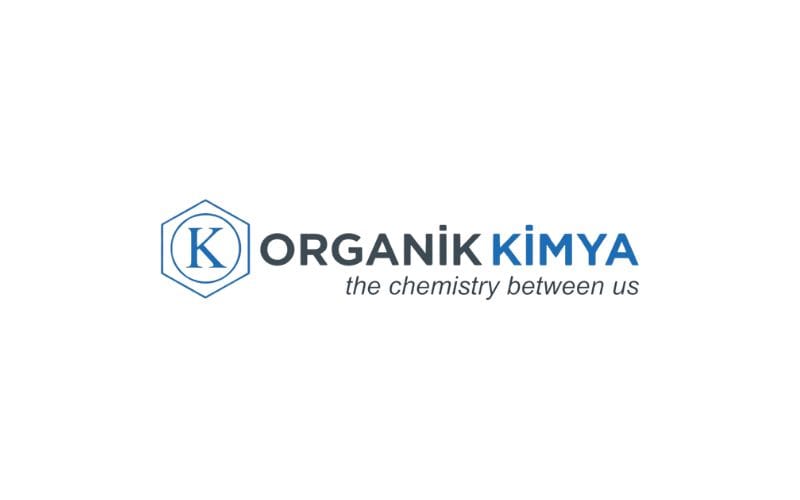
Orgal® M 420
- Call our sales team | 0161 762 0044
- Email our sales team | sales@cemkem.co.uk
This information is based on our present state of knowledge and is intended to provide general notes on our products and their uses. It should not be construed as guaranteeing specific properties or suitability for a particular application
Orgal M 420 is an APEO free, acid containing crosslinked acrylic polymer. When the emulsion is diluted with water and neutralized with a base, each emulsion particle swells greatly. The emulsionclarifies under these conditions and becomes highly viscous. Once neutralized, solutions of Orgal M 420 cannot be reverted to emulsion form as a reduction in pH will precipitate the polymer. Solutions of Orgal M 420 salts are more similar in properties to solutions of natural gums or higher viscosity grades of water soluble cellulose derivatives than the other grades of acrylic thickeners. Solutions are prepared for use rapidly, since neutralization occurs almost instantaneously with a variety of standard bases.
Handling is greatly simplified compared to that necessary with powdered natural or synthetic gums. It is possible in specific cases to incorporate Orgal M 420 into a latex emulsion or other suspension without preneutralization as first determined on a laboratory basis. Solutions of Orgal M 420 effectively suspend pigments, abrasives and other fine particle solids. Unlike conventional thickeners, salts of Orgal M 420 have no flocculating action; thickened lattices remain free of any creaming tendency and aqueous suspensions are free of sedimentation.
- Appearance: White emulsion
- Solid Content: 28±1%
- Viscosity as supplied: Max.10 cps
- Solution Viscosity with
- 1% Sodium salt: 3.000 cps
- 5% Sodium salt: 25.000 cps
- Specific Gravity, as supplied: 1,05±0,01 @ 25°C
- pH (when packed): 2.1 – 4.1
- Storage stability: Protect from freezing
The tendency of Orgal M 420 to foam when rapidly agitated may be controlled effectively with 0,1 % Nopco 1497V, based on Orgal M 420 as supplied. Other defoaming agents may have advantages for some applications. Orgal M 420 is a stable emulsion,resisting mechanical shear that can be encountered during bulk handling or in high speed mixing equipment. Freezing or addition of soluble iron, copper or multivalent cations to the emulsion may cause precipitation of polymer solids. If the emulsion is accidentally frozen and settling of the polymer is evident, the product is recoverable in form by diluting it with water and adding alkali to form the salt solution.
Neutralization of Emulsion:
The reaction of Orgal M 420 with a base analogous to a weak acid-base titration. Orgal M 420 has a buffering effect, since pH changes only slightly until the polymer is fully neutralized at a pH of approximately 8. The rate of reaction between Orgal M 420 and a base is rapid. The time required for complete neutralization is essentially the same as that necessary to obtain a thorough mixture of the emulsion with the base solution. In stoichiometric calculations, Orgal M 420 solids have effective equivalent weight of 218. Table 1 has been provided for convenience in preparing solutions of the sodium, potassium and ammonium salts.
The following simple precautions should be followed when Orgal M 420 solutions are prepared:
Adding a base to Orgal M 420 as supplied will cause an unworkable gel to form immediately. 5% total solids appears to be the maximum concentration for solutions which can be readily handled. Heating Orgal M 420 solutions in the presence of excess base, pH 10 or higher, is undesirable since change in properties may occur. When a base is mixed with diluted Orgal M 420, agitation should be adequate to disperse the material uniformly. To decrease foam or occlusion of air, however, the rate and duration of agitation should be held to a minimum. Any of the following commercially available bases may be used satisfactorily with Orgal M 420.
Inorganic Bases
- Sodium hydroxide
- Sodium carbonate
- Potassium hydroxide
- Dibasic sodium phosphate
- Ammonium hydroxide
- Sodium phosphate
- Sodium bicarbonate
- Sodium perborate
- Sodium silicate
Organic Bases
- Ethanolamine
- Dicthanolamine
- Morpholine
- Alkylamines
The slight effect of temperature upon viscosity and high viscosity of aqueous Orgal M 420 solutions are particularly noteworthy as the greater thickening efficiency of Orgal M 420 at low concentrations compared to the cellulosic thickeners. Solutions of Orgal M 420 are compatible with soaps, synthetic detergents and dispersing agents. The multivalent cations such as copper, aluminum or iron may cause turbidity in Orgal M 420 solutions. At high concentrations, these cations will precipitate the polymer.
Film Properties:
Films of Orgal M 420 or its salts are clear and somewhat brittle. Through hygroscopic, they are less water sensitive than films of most other acrylic thickening agents. Films prepared from the ammonium salt are less sensitive to water than those cast from the sodium salt. Soft, flexibile films can be prepared by adding glycerin or other glycols to solutions of Orgal M 420 salts, while reaction with the zinc-ammonia complex produces a water insoluble film on drying. However, this zinc polyacrylate film can be redispersed in dilute caustic or ammonia solutions.
The high viscosity of Orgal M 420 solutions, even at low concentrations, suggests their use to suspend pigments and fillers in water-based paints, inks or other coatings and the abrasive particles in waxes or polishes. Dispersions of high density pigments thickened to only 500 to 1.000 cps will show no tendency to separate even after several months of storage. Orgal M 420 doesn’t flocculate pigment dispersions in marked contrast to some other thickeners. Orgal M 420 is also useful for viscosity adjustment of emulsion and latex compounds of many types.
In situ thickening:
With the more stable lattices and emulsions, such as those commonly used for paint, paper and cloth coatings, Orgal M 420 may be incorporated without dilution or neutralization. This procedure of in situ thickening has the desirable advantage of avoiding altogether the handling of dilute, viscous solutions. It is desirable to disperse the Orgal M 420 emulsion quickly and uniformly to avoid any localized concentration of acid polymer. With acid emulsions, base may then be added to obtain viscosity, while normally alkaline compounds should be modified with extra base before Orgal M 420 is added. Final pH should be greater than 7.5. Emulsions or latex compounds thickened by this procedure may show a minor viscosity increase for several hours after adding Orgal M 420.
